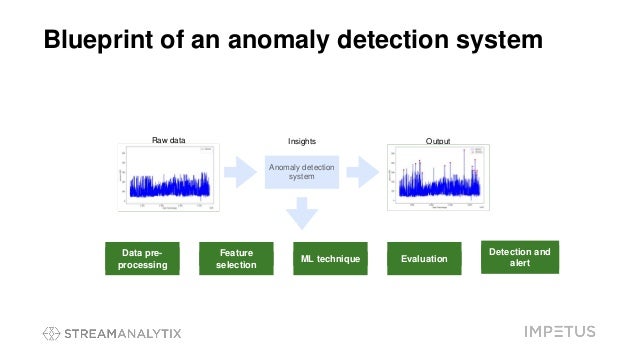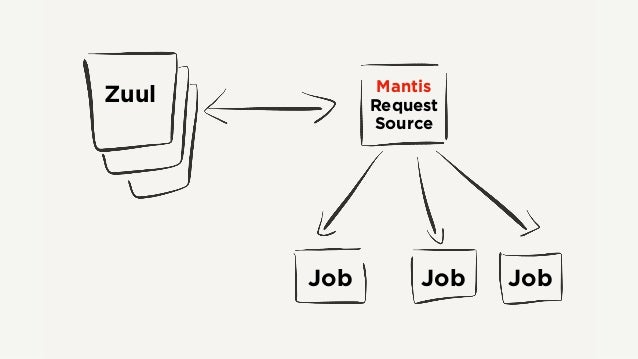

New vulnerabilities can then be addressed by mitigating the factors identified to contribute to safety events with proper countermeasures. This step is needed to better understand how operations are being carried out and the safety implications associated with the status quo. However, automatically identified risks still need to be reviewed and assessed by subject matter experts familiar with aircraft behavior and NAS operations. In this area, machine learning can improve the process of risk identification and eventually help with risk mitigation by identifying emerging vulnerabilities and safety requirements that need revising. The NTSB uses this approach when investigating an accident.

Much of the knowledge about adverse events comes from after-the-fact forensic analysis aimed at determining the root causes of incidents or accidents. Identifying situations where unknown risks or vulnerabilities exist is not a trivial problem. This includes proactively identifying previously unknown and operationally significant safety events occurring during daily flight operations. To maintain its historically low level of accidents per year, the NAS will need to continually evolve. As the load factor approaches saturation, one would expect that the number of departures will rise again in the near future.

This development has resulted in a historically high passenger load factor (82.3% in 2017). Although the number of passenger enplanements has increased by 20% from 706 million in 2009 to 851 million in 2017, the number of departures has decreased by 5% from 9.7 million to 9.3 million over the same period.
#Anomaly detection machine learning software#
This success trend can be attributed to both greater automation with redundant hardware and software protections as well as to a greater focus on proactive monitoring of and response to real-time and historically identified vulnerabilities. According to the National Transportation Safety Board (NTSB), the accident rate per 100,000 flight hours has been cut in half since 2000, from 0.306 to 0.156 in 2018. T he modern National Airspace System (NAS) is an extremely safe system, and the aviation industry has experienced a steady decrease in accidents over the years. Our model outperforms the state-of-the-art supervised anomaly-detection model, reaching significantly higher accuracy and fewer false alarms, even if only small proportion of data in the training set is labeled. Our approach is validated with case studies of anomaly detection during the takeoff and landing phases of commercial aircraft. The proposed model combines feature engineering and classification in feature space, while leveraging all available data (labeled and unlabeled). This paper presents an explainable deep semi-supervised model for anomaly detection in aviation, building upon recent advancements described in the machine-learning literature. Various machine-learning approaches have been investigated and deployed to identify anomalies, with the great challenge of procuring enough labeled data to achieve reliable and accurate performance. However, this approach is incapable of identifying unknown risks and vulnerabilities. The main approach in practice leverages domain expertise to define expected tolerances in system behavior and flags exceedances from such safety margins.

The identification of precursors to safety incidents in aviation data is a crucial task, yet extremely challenging.


 0 kommentar(er)
0 kommentar(er)
